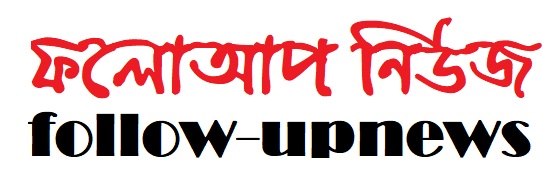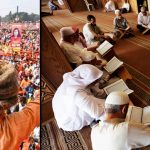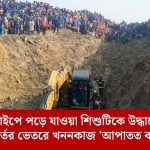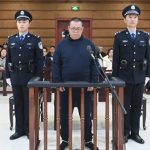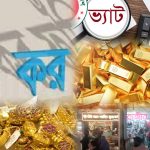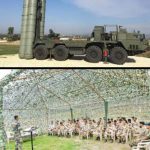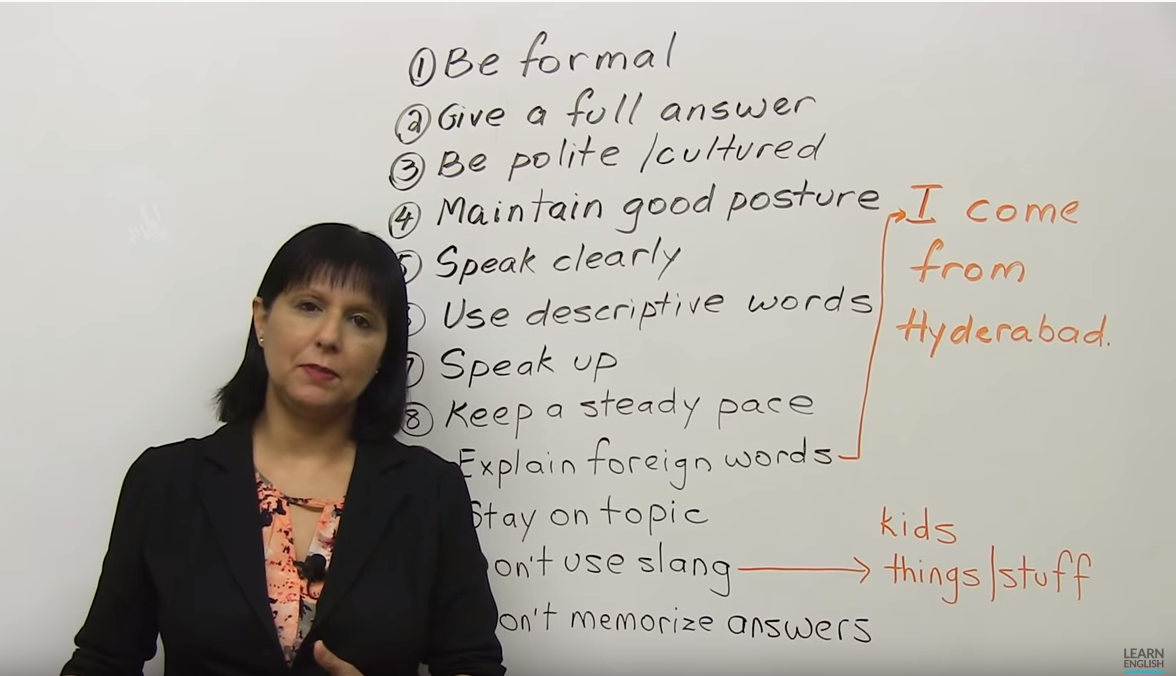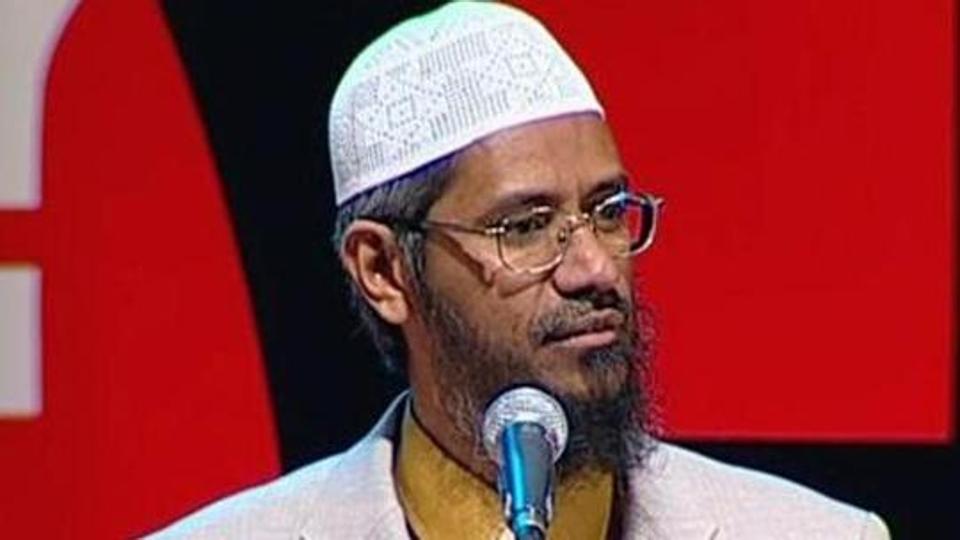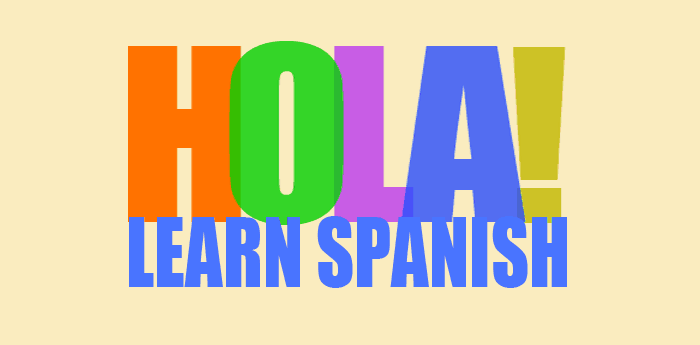The main feature of freedom fight is genocide and torture. Killing more than one person is termed as genocide. Torture, internal torture, rape and make bound to leave country are the part of genocide too. The heroism of freedom fight has been discussed and being discussed importantly what is very natural. But even in the second world war there is no such a country where so many people were killed at a time in a single country what was done in our country in 1971. Though we measure the number as 30 lacs but it could be more.
Genocide, Boddhovumi (Slaughter-house) has been given less attention so far, none the less there are some history on it. That is why the sacrifice and lose in freedom fight still remains behind the screen. But in Europe genocide done in second world war has got more importance, attention and analysis. The genocide of second world war is very outstandingly focused on their movie, literature, and in the different mode of art and arts. For this reason fascism and Nazism has no place in Europe. But in our country we have failed to do so. Still many people show their audacity to put our genocide number into question. By many ways those people have re-established their position in the politics, society and much in the economic activities. Resulted they have been a political power in the independent Bangladesh what they opposed to in 1971.
Genocide happened in 1971 need more attention. Pakistani occupational forces and their collaborators Shanti Committee (East Pakistan Central Peace Committee), Rajakar, Al-Badar, Al-Shams execute the genocide in 1971. The collaborator forces were made by the members taken from Jamat-e-Islami, Nijam-e-Islam and Muslim League.
It is a matter of happiness that the justice for the crimes against humanity of the brutal criminals has been started because of the initiative taken by the present prime minister Sheikh Hasina.
There are still many Boddhovumis and Mass Graves have remained unveiled and uncared. Many torture victims of 1971 continuously reveal their heart breaking memories of sufferings and genocide.
Details of the genocide, talk of the Boddhovumi and Mass Grave, and about the torture in different modes have been less told in the glory speech of our victory. But that facts are very important to produce authentic history and to find the top to bottom history of our liberation war. To preserve the history of Genocide, Boddhovumi, and Torture and construct archives of them is our national duty. By this works the real history of Freedom Fight will be exposed and the essence of our struggle will be brighten up among the pro liberation generations. In support of this demand ‘1971: Genocide-torture Archive Museum ‘ has been formed. The objectives of the institution are to focus on and broaden the spirit of Liberation War in front of the nation and collect and preserve the valuable and rare elements of Genocide, Boddhovumi, Mass Graves and different means, multitudes of torture. Besides it is the thought of the institution to announce the words to build a non-communal, secular, and exploitation free society.
In light of the fact it is the main purpose of the ‘1971: Genocide-Torture directory book series’ to uphold the comprehensive portrayal of every genocide and boddhovumi by collecting information through field-work. Every booklet is getting designed and written in a certain outline though the ingenuity of the writer is maintained. The subject matters are the geographical position of the place, situation belonging to the time of liberation war, background of the genocide, description of the genocide and torture, name and identity of the martyrs and torture-victims, oral history of sufferer and eyewitness, name and identity of the genocider, endeavors to protect and preserve boddhovumi, present situation and overall examination. The work is apparently report-like but it is very much research oriented in fact. It is important to note down that the name of all martyrs are not available in anywhere in our history, in this case our effort will be to search exhaustively and endorse them in the booklet.
We use different photographs, paintings and artifices of different photographers and artists what we have collected from diverse sources like internet and books. Since all paintings and photographs of liberation war are always used for the interest of the people, so nobody protests. We are acknowledging our debt to the artists and photographers.
The exclusiveness of the work is that the writer produces the book by going to the place of the genocide, probing and justifying the facts, talking with local people over the matter, and observing thoroughly and by feeling them in heart. Accordingly the booklet has been like the heart squeeze memories of the dark day facts. We expect confidently that by this work the genocide and torture history has been disclosed artlessly.
We firmly believe that the book series will focus unique light on the field of taking and bringing knowledge about Genocide-torture, Boddhovumi and Mass Graves. If we can construct collectively all facts of sacrifice, misery and affliction of our Freedom Fight, the real history will be retained besides our glory of the victory.
Relentlessly making speech on the heartrending facts of our Freedom Fight, and by uplifting the humanity we can create a endearing society.
Professor Muntassir Mamoon
Chairman of the trustees, “1971: Genocide and Torture Archives Museum”, The Book Series Editor
The article has been translated by Dibbendu Dwip
